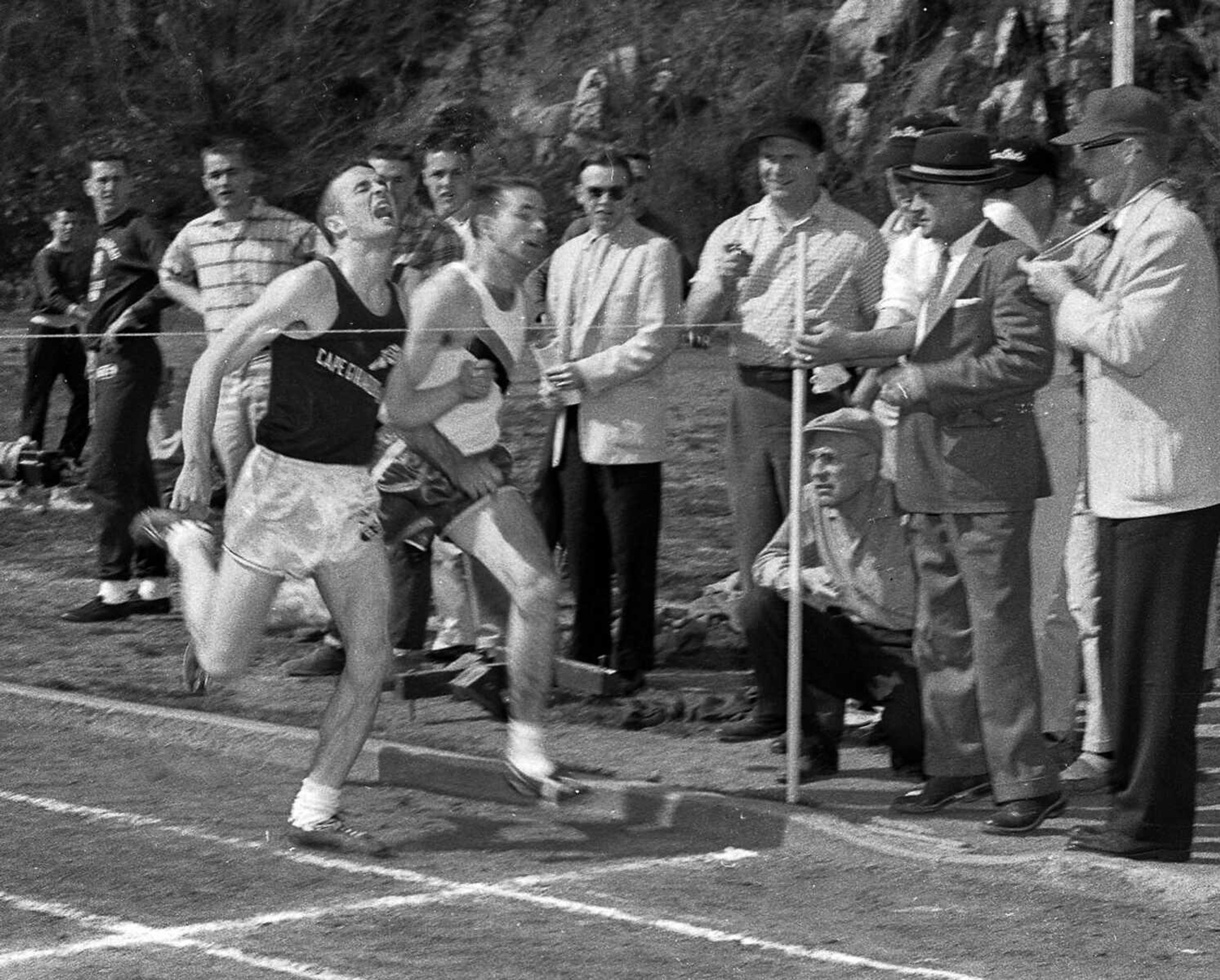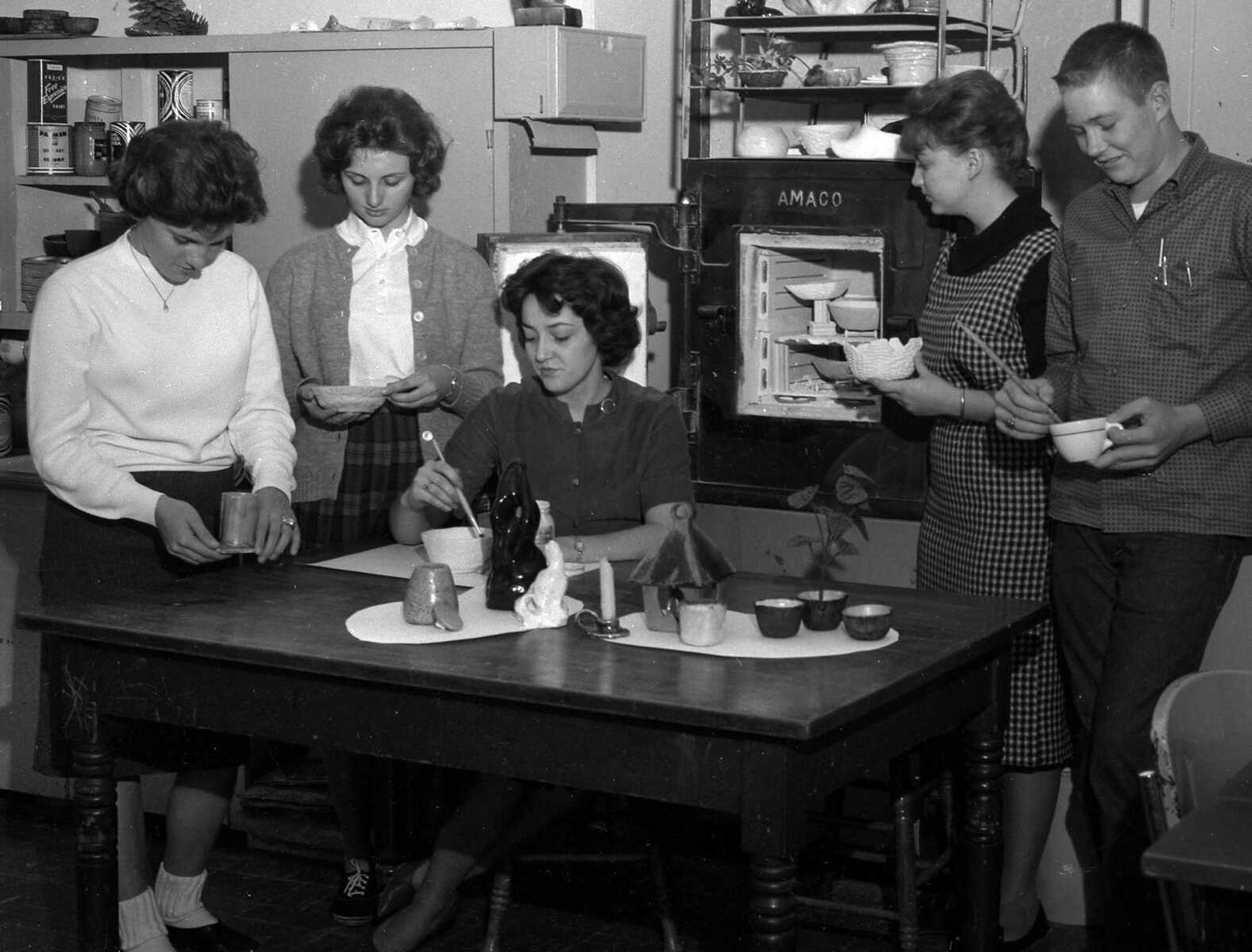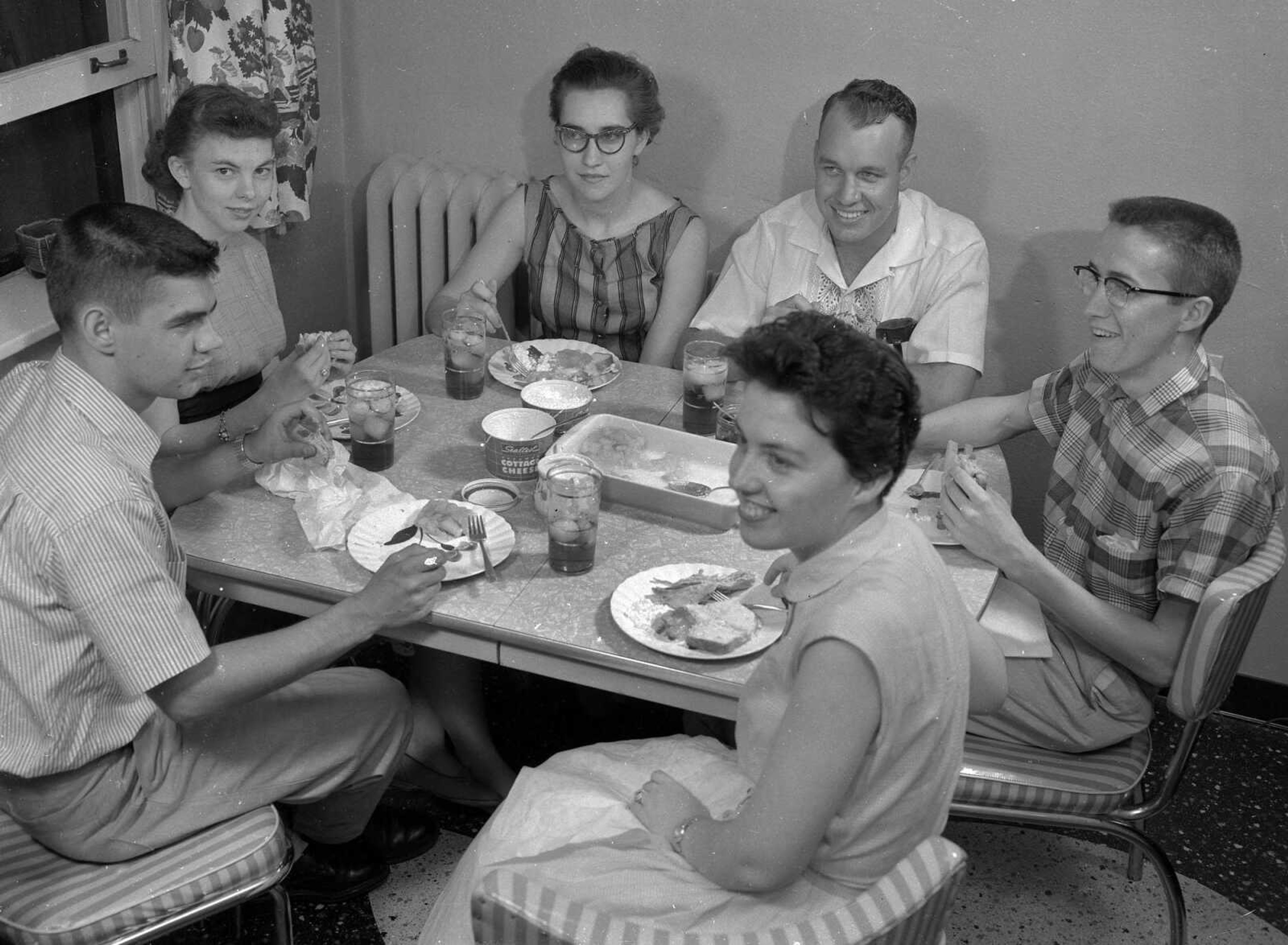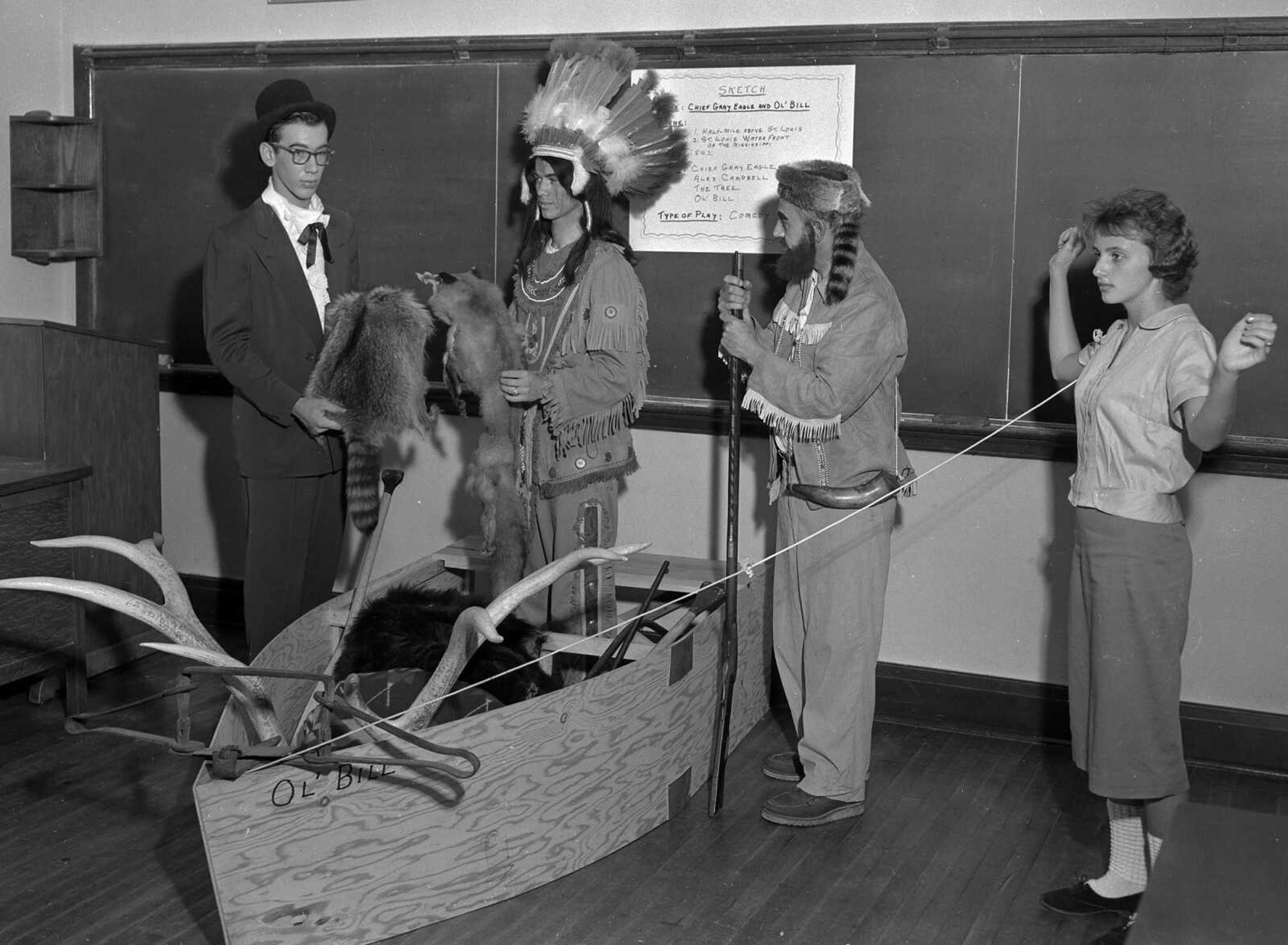NewsSeptember 11, 2012
Mystery photo gallery #24
Those who went to school in Cape Girardeau in the 1950s and '60s may find themselves or classmates among the photos in this week's mystery gallery. If you spot someone you know, drop a note to librarian Sharon Sanders at ssanders@semissourian.com.
Receive Daily Headlines FREESign up today!
Those who went to school in Cape Girardeau in the 1950s and '60s may find themselves or classmates among the photos in this week's mystery gallery. If you spot someone you know, drop a note to librarian Sharon Sanders at ssanders@semissourian.com.
Story Tags
Connect with the Southeast Missourian Newsroom:
For corrections to this story or other insights for the editor, click here. To submit a letter to the editor, click here. To learn about the Southeast Missourian’s AI Policy, click here.
Related
NewsNov. 6
Advertisement
Receive Daily Headlines FREESign up today!




![Nov. 3, 1962 Southeast Missourian.
“Our Leader on the New Frontier,” a study unit in American government at Campus School, is this bulletin board theme assembled under Miss Judy Calhoun, student teacher, right. Looking on is Jack Trickey, junior. Others are, front row, Wayne Summers and Ray Keller, and second row, Jo Ann Johnson and Martha Siemers. (G.D. Fronabarger/Southeast Missourian archive)
[President John F. Kennedy was sworn in as the 35th president of the United States on Jan. 20, 1961 and served until his assassination Nov. 22, 1963.]](https://public-assets-prod.pubgen.ai/brand_a7b06a8b-02b9-4920-9426-9b9be1d4e410/asset_1d42b09f-6577-5818-ac18-f745cf2ce61b.jpg?w=3840)











